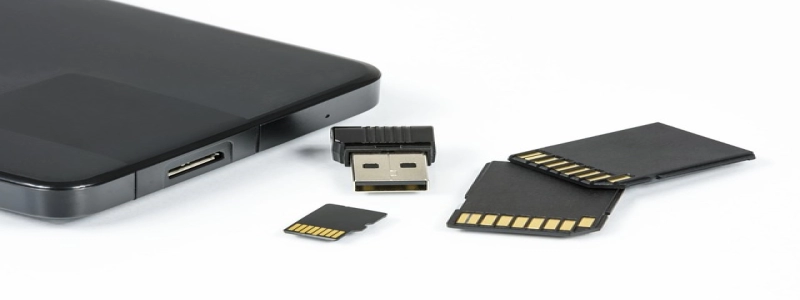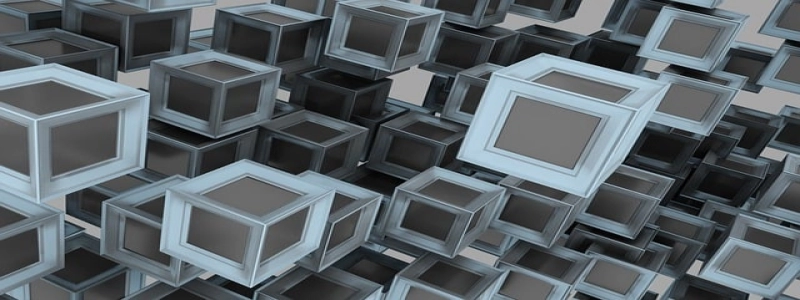Fiber Optic Cable vs Ethernet
Introduction:
In the world of telecommunication and networking, two widely used technologies are fiber optic cables and Ethernet. Both play a crucial role in transmitting data, but they differ in various aspects. This article aims to explore the characteristics and advantages of each technology to provide a comprehensive understanding of fiber optic cable and Ethernet.
I. The Basics:
1. Fiber Optic Cable:
a. Composed of thin strands of glass or plastic that transmit light signals.
b. Data transmission occurs through the principle of total internal reflection.
c. Can transmit data over long distances with minimal loss.
d. Offers higher bandwidth and faster data transfer rates compared to Ethernet.
2. Ethernet:
a. Uses electrical signals to transmit data over copper or coaxial cables.
b. Data transmission occurs through electrical pulses.
c. Suitable for short to medium distance communications.
d. Provides lower bandwidth and slower data transfer rates compared to fiber optic cable.
II. Advantages of Fiber Optic Cable:
1. Greater Bandwidth: Fiber optic cables have a higher capacity for transmitting data, allowing larger amounts of information to be transferred simultaneously.
2. Longer Transmission Distance: Due to minimal signal loss, fiber optic cables can transmit data over much greater distances compared to Ethernet.
3. Immunity to Interference: Since fiber optic cables use light signals, they are immune to electromagnetic interference, ensuring a more secure and reliable connection.
4. Higher Data Transfer Rates: The high bandwidth of fiber optic cables enables faster data transfer rates, making them ideal for high-demand applications like video streaming and cloud computing.
III. Advantages of Ethernet:
1. Cost-Effectiveness: Ethernet technology is more affordable and widely available compared to fiber optic cables.
2. Simplicity and Compatibility: Ethernet cables are easy to install and compatible with most devices, making them suitable for home networks and small-to-medium-sized businesses.
3. Flexibility: Ethernet technology allows for easy expansion and modification of network setups, supporting various network topologies.
IV. Applications:
1. Fiber Optic Cable:
a. Long-distance communication links, such as submarine cables and intercontinental connections.
b. High-speed internet services and data centers.
c. Telecommunications networks and backbone infrastructure.
2. Ethernet:
a. Local area networks (LAN) in homes, offices, and educational institutions.
b. Small-to-medium-sized business networks and campus networks.
c. Wired internet connections for personal computers and gaming consoles.
Conclusion:
In conclusion, both fiber optic cables and Ethernet have their own merits and specific applications. Fiber optic cables excel in terms of bandwidth, transmission distance, and immunity to interference, making them ideal for long-distance communication and high-demand applications. On the other hand, Ethernet technology is cost-effective, easy to install, and flexible, making it suitable for smaller-scale networks. Understanding the unique strengths of each technology allows for informed decision-making in choosing the most appropriate solution for specific networking requirements.







